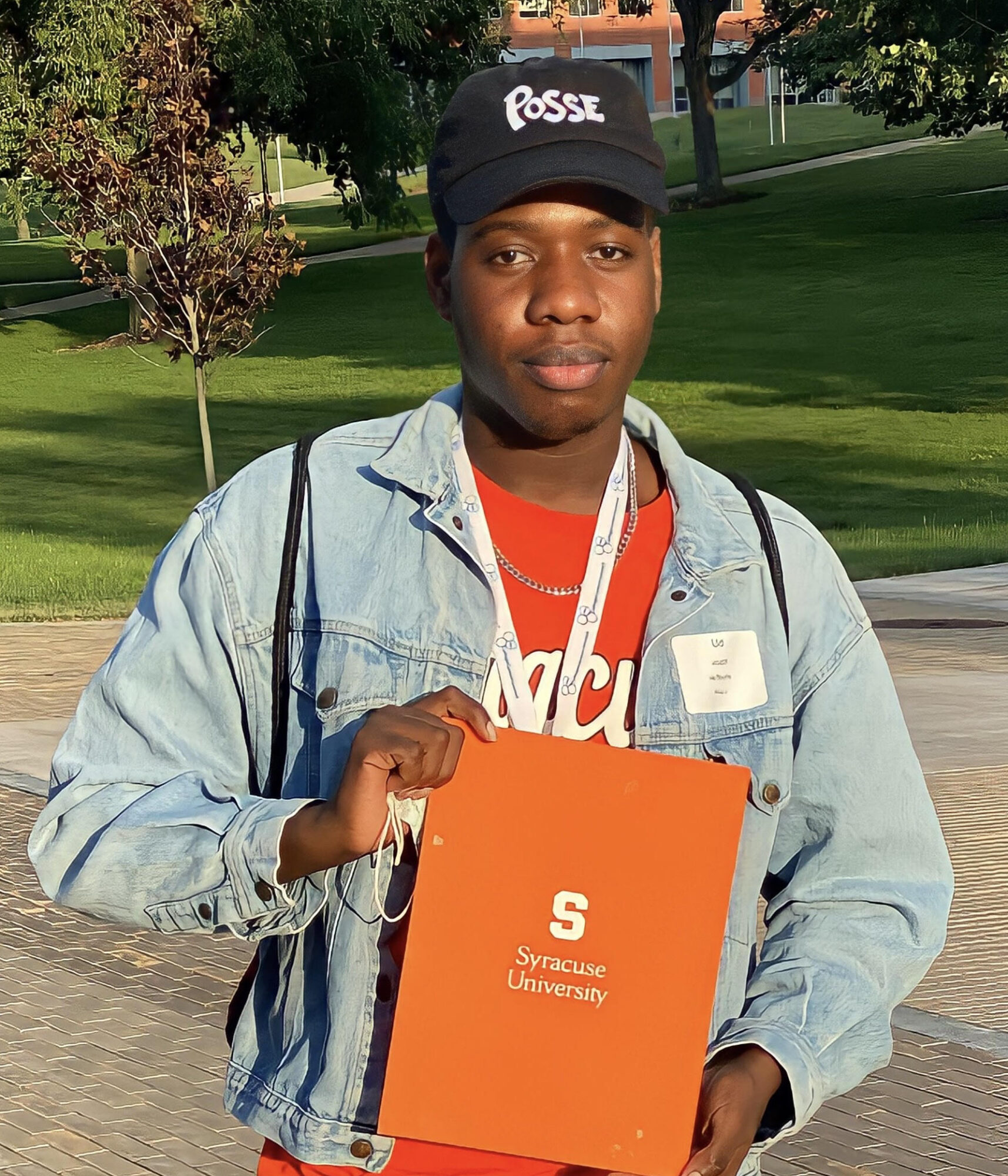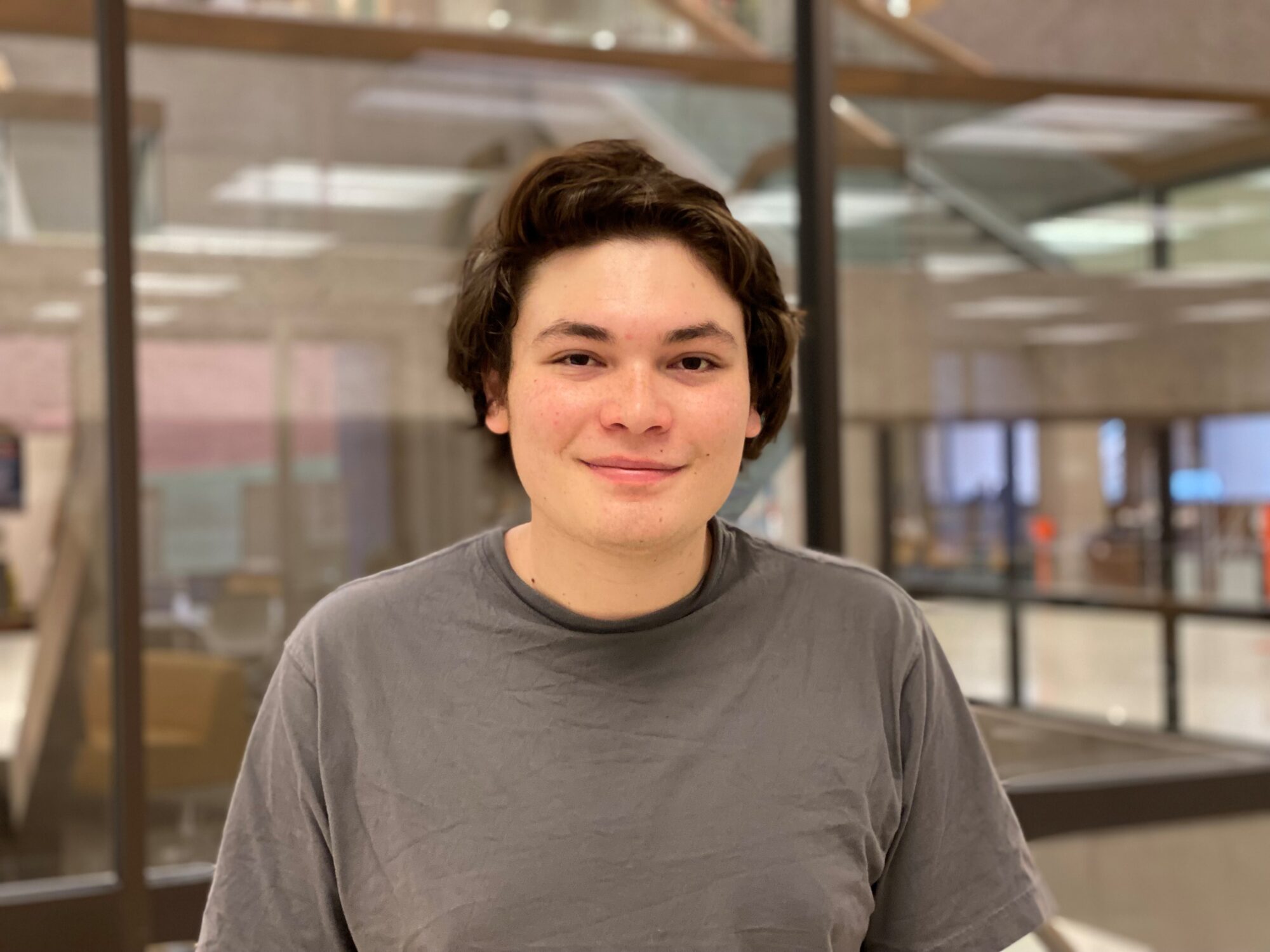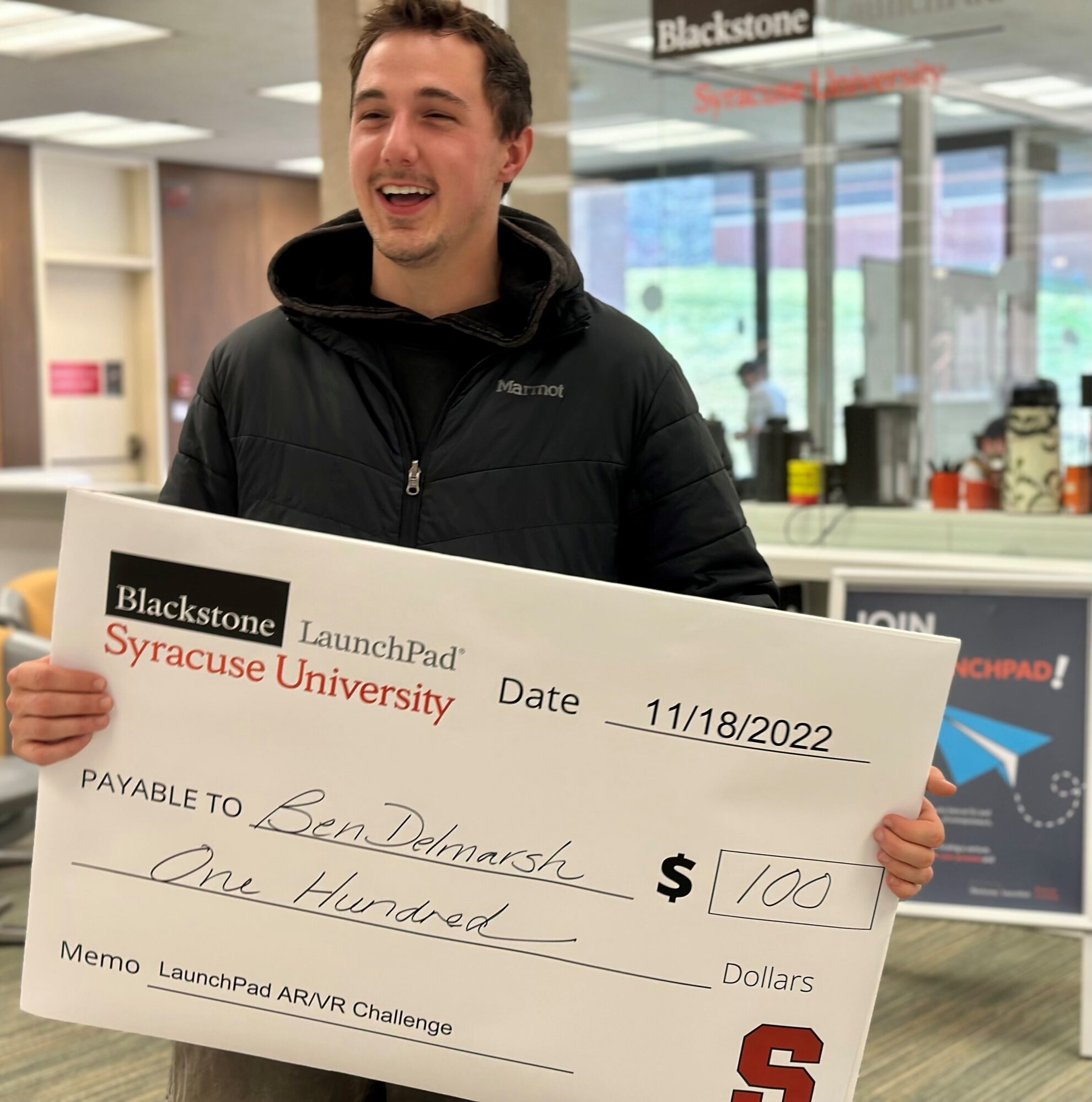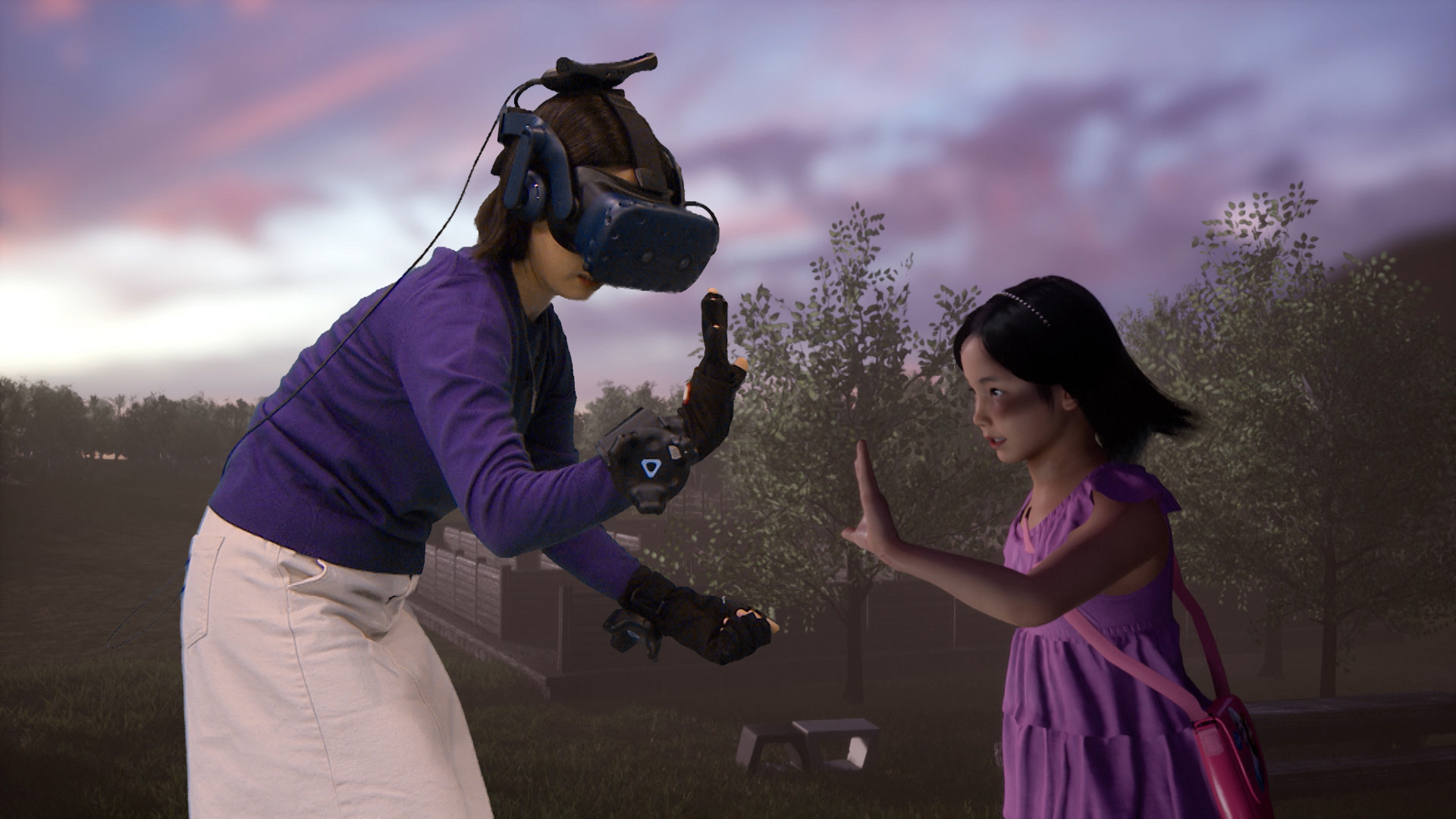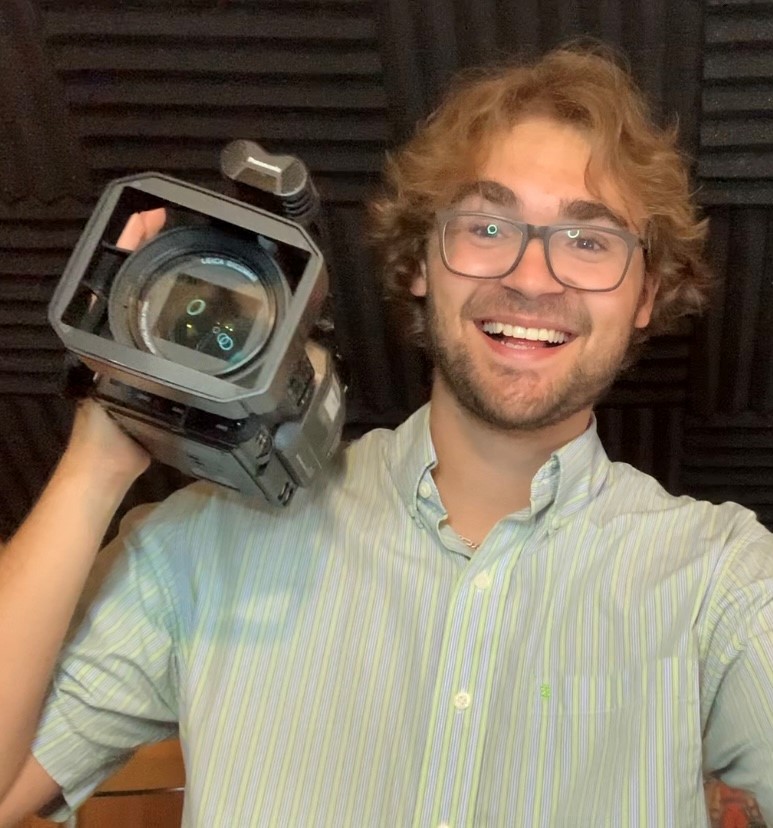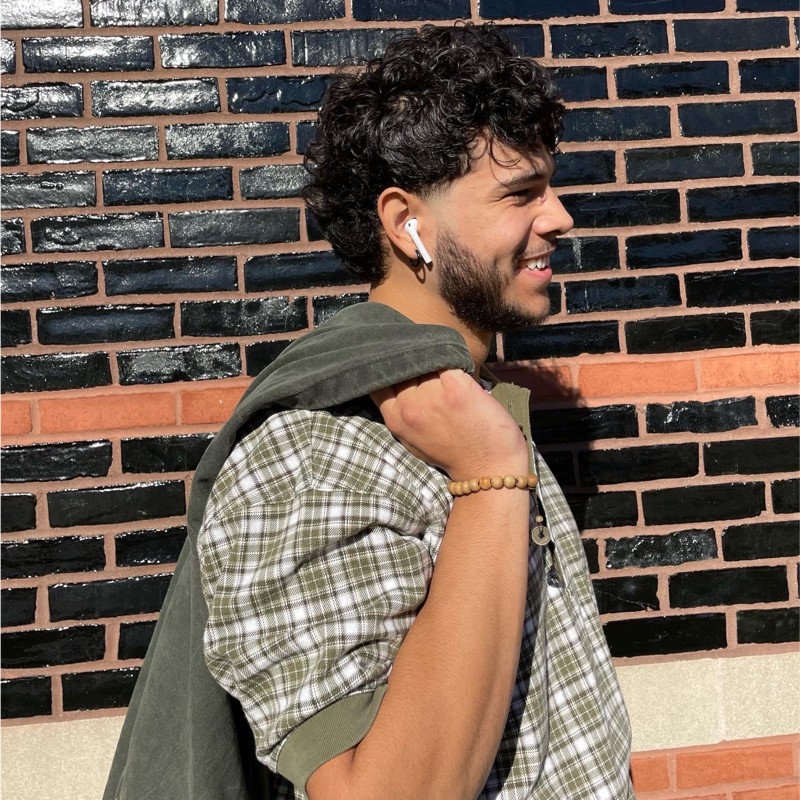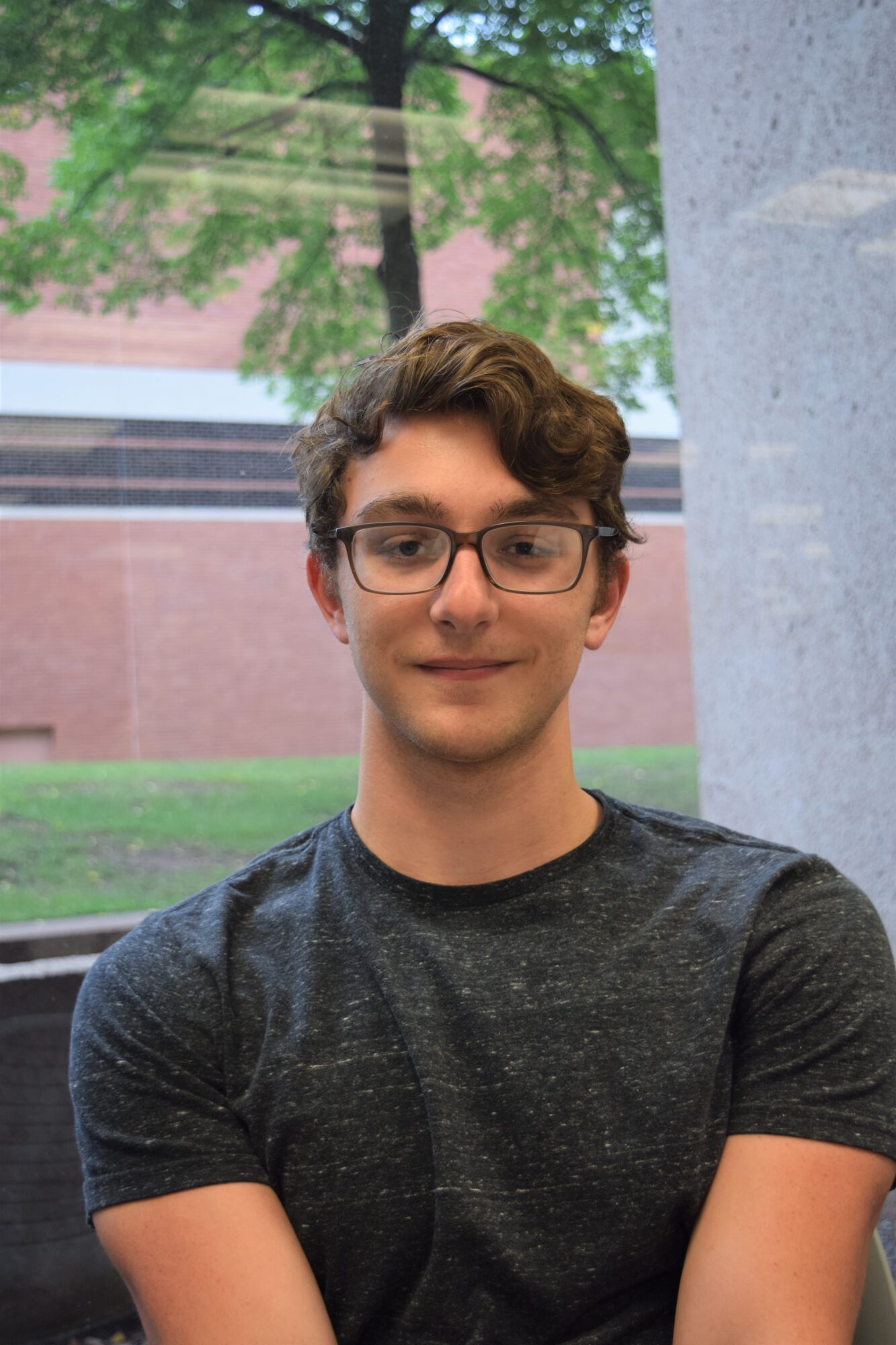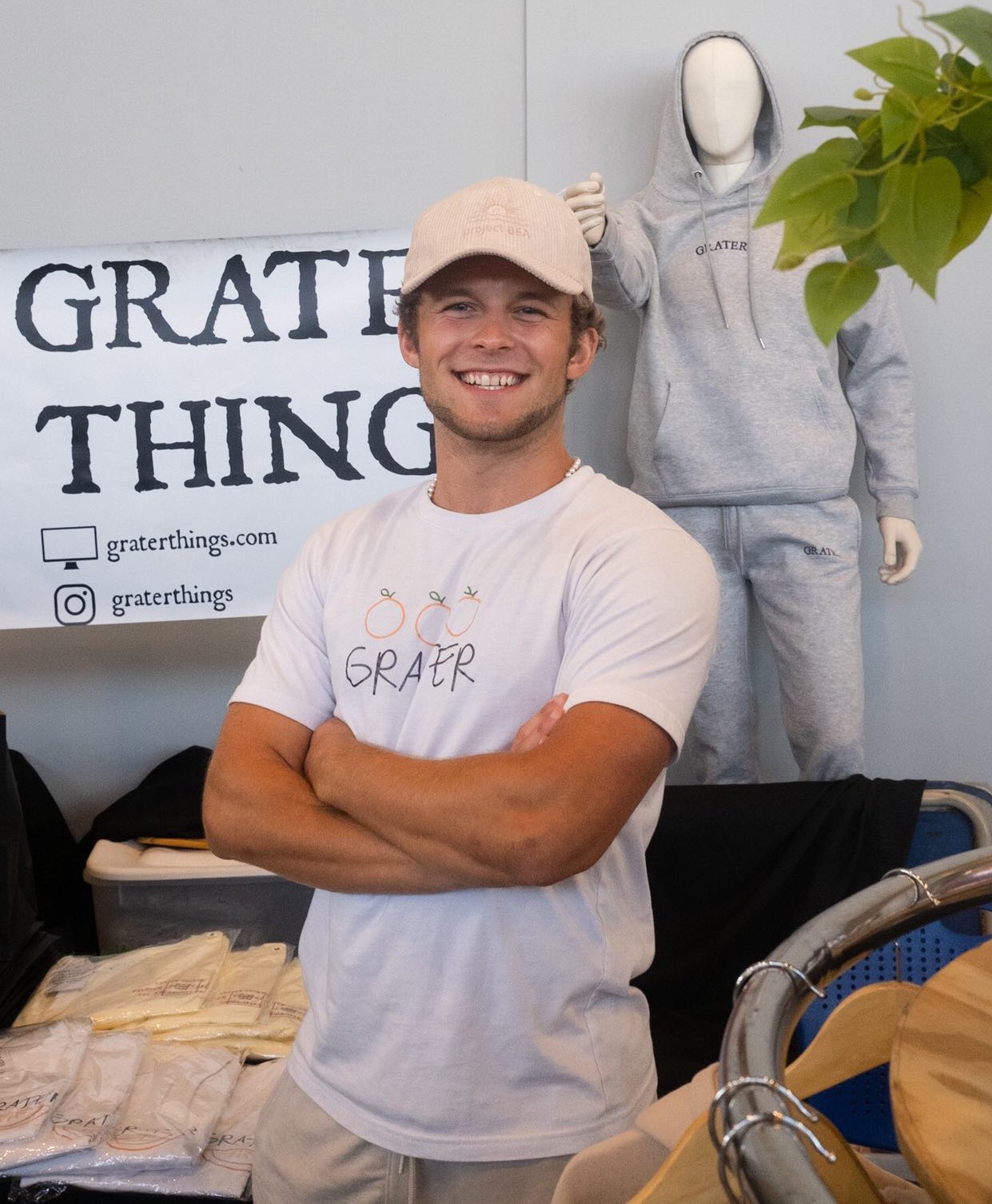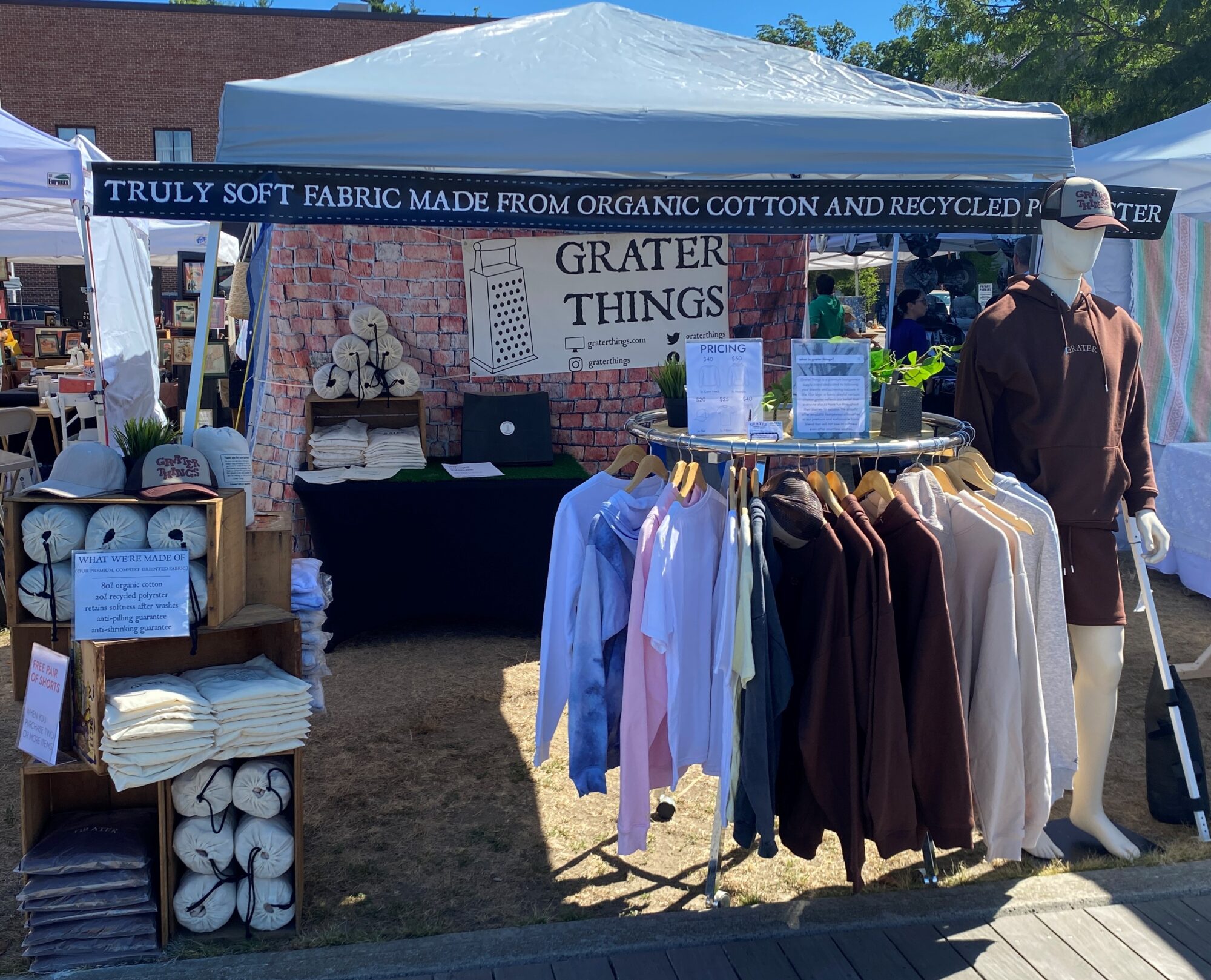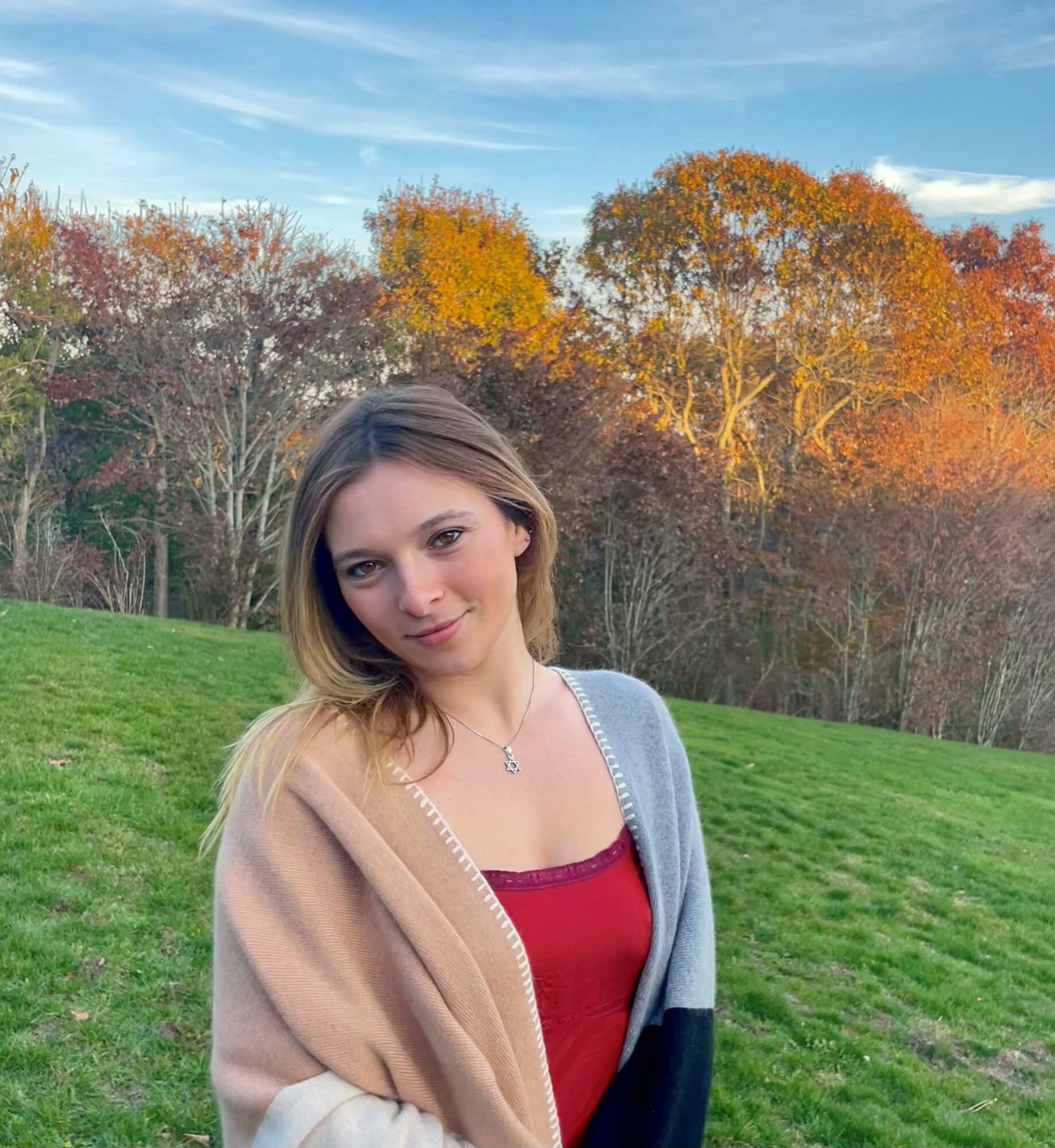
Dedicated to improving the communities around her, Katy Arons is currently working on two startups that facilitate safer connections between people.
Katy is majoring in Information Management and Technology with a minor in Information Technology, Design, and Startups (IDS) through Syracuse University’s iSchool.
Katy is working on her first startup with team members Jada Knight, Ben Simpson, and Souurabh Gavhane. CommUnity is a peer-to-peer platform for on-campus reselling of goods and services by students, and the app idea placed first in its category for SU’s Blackstone LaunchPad x Deloitte Digital’s Innovation Sprint. The idea behind CommUnity is like Craigslist or Facebook Marketplace, but safer for students since it requires people to verify enrollment at their university.
Katy was inspired to pursue the idea her first year, when the semester was ending and she noticed the trash rooms were filled to the brim with gently used items students discarded, such as headboards, bean bags, and even a flat screen TV.
“It was a lot of waste from products that students didn’t need any more or have space to keep for next year,” Katy lamented.
With CommUnity, students can sell these items to their peers, building on the ease of finding items are all within walking distance on campus. The app will also provide an opportunity for students to advertise services of their own, such as cutting hair or doing nails, which can be a more affordable alternative for students who cannot drive off-campus to receive such services.
Currently, the team is receiving mentorship from Deloitte to develop target market analytics, generate interest for an initial baseline of SU users, and plan for the next stages of their product development. The team recently created a profile on Instagram, @mysucommunity, and will be posting more actively in coming weeks.
Aside from this, Katy is also working on Continual, a relationship health and safety platform focused on innovating conversation around consent and intimacy. The app would be centered around a user profile, where identity and health information are verified within the platform, which provides privacy for an individual’s personal information. For example, users can receive a check mark on their profile if they are on birth control or they might indicate the last date they received an STI test without disclosing the particulars of the confidential medical information. Users can connect to each other to send their profile but customize at their discretion what is displayed depending on the context and the level of anonymity they want to maintain.
“College students can sometimes drink too much, and there is nothing to facilitate important conversations around consent. And imagine you meet someone in a bar — it’s tricky to have conversations around sexual health and boundaries when you meet someone for the first time. We need tools like this to provide a less awkward way to check in with a potential sexual partner,” Katy explained.
The application will also feature safety functions, such as emergency contacts for when you’re going on a date. “You can notify a friend of an approximate location, and if you hit a panic button, it will send the exact location,” Katy said.
Katy’s idea placed first in the Health and Life Sciences category in the on-campus qualifier for Blackstone Charitable Foundation’s IDEAS Competition. Continual also advanced to the final round of the Impact Prize competition, hosted by the Blackstone LaunchPad at SU Libraries.
Along her journey, Katy is learning about herself and business development.
“One thing I’m continuing to learn is how to narrow my ideas down by honing them down to a core value proposition. Ideas should be built up initial seeds, not developed all at once,” she reflected. She added that having people with previous experience on similar projects is extremely valuable in doing this because it can be overwhelming to narrow down immediate next steps. Likewise, structure — whether it is through mentorship or through a class with deadlines — is incredibly helpful as well.
As Katy works with different teams, she ponders the meaning of teamwork. “Teamwork is collaboration. It’s knowing people’s strengths and weakness and how they work in conjunction to produce a result we are all happy with. It is understanding that we are all human and that it’s important to make exceptions for that, so you all support each other.”
Something Katy has been grappling with is the difficulty in reinventing the wheel in the tech world. “How do you leave your mark?” she wonders when it seems like there is already an expansive amount of technology and a handful of large companies dominate the field.
When considering what it means to be an innovator, Katy offers an analogy she once heard that stuck with her: “Thomas Edison didn’t invent the lightbulb by designing candle 2.0. Innovation is about producing something entirely new and creative to improve the world. That’s what the iPhone was — it was a lightbulb, not candle 2.0. We can’t even envision what the next computer will look like because it won’t be like the one in front of us today.”
Anyone interested in Katy Arons’s startups can reach out to her at kharons@syr.edu or on her LinkedIn.
Story by Sasha Temerte ’23, LaunchPad Global Fellow; photo supplied
